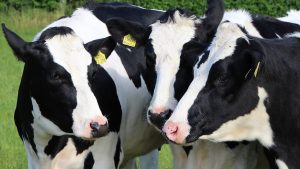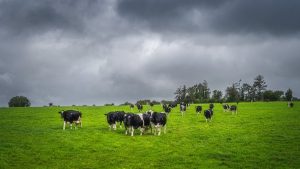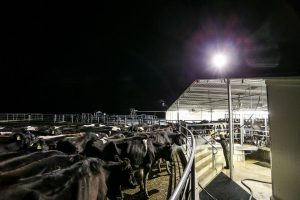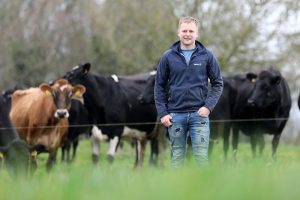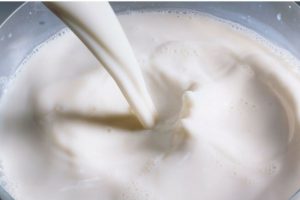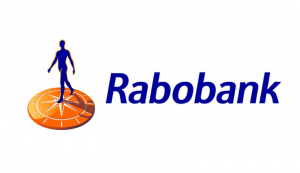
Of a survey of almost 600 dairy farmers, up to 30pc of those in the midlands/east and south regions said they have a tight or marginal feed supply for this coming winter.
Half of farmers in these regions used more than 10pc of their winter feed during the summer, according to the the Teagasc Dairy Fodder Survey while 10pc of farmers in the midlands/east and south east used more than a quarter of their winter feed supplies.
Over a quarter (26pc) of the dairy farmers surveyed in Cork, Kerry, Limerick and Clare, said they will have to sell stock early because buying additional feed is too expensive.
The fodder shortage comes as a result of summer drought coupled with a lower than average feed reserve (107pc compared to national average of 119pc), according to Teagasc.
Over 60pc of farmers surveyed reported the cost of baled silage was €45 per bale, regardless of quality, this year.
In July, Teagasc reported that feed stocks on drystock and dairy farms were “positive overall, with an average of 119pc of predicted demand,” and predicted that 12pc of dairy farmers were at risk of feed shortage, having carried out its annual Fodder Survey.
Farmers are now being urged to take action quickly to improve their feed security for the winter and not to just “wait and see”.
“While the national feed situation remains positive, feed stocks have diminished in southern and eastern counties. On farms with clearly identified shortages, prompt action is now needed,” said Teagasc’s Head of Dairy Knowledge Transfer, Dr Joe Patton.
“This includes sourcing additional fodder and reducing demand by earlier culling of lower value stock.”
While the preference of the majority is to retain stock and buy extra feed, he said, cost and availability of feed will play a factor.
“There are also significant numbers of farms reporting a marginal position for feed. We encourage these not to adopt a wait-and-see approach, but rather to take early steps to improve their feed security for the coming winter.”








